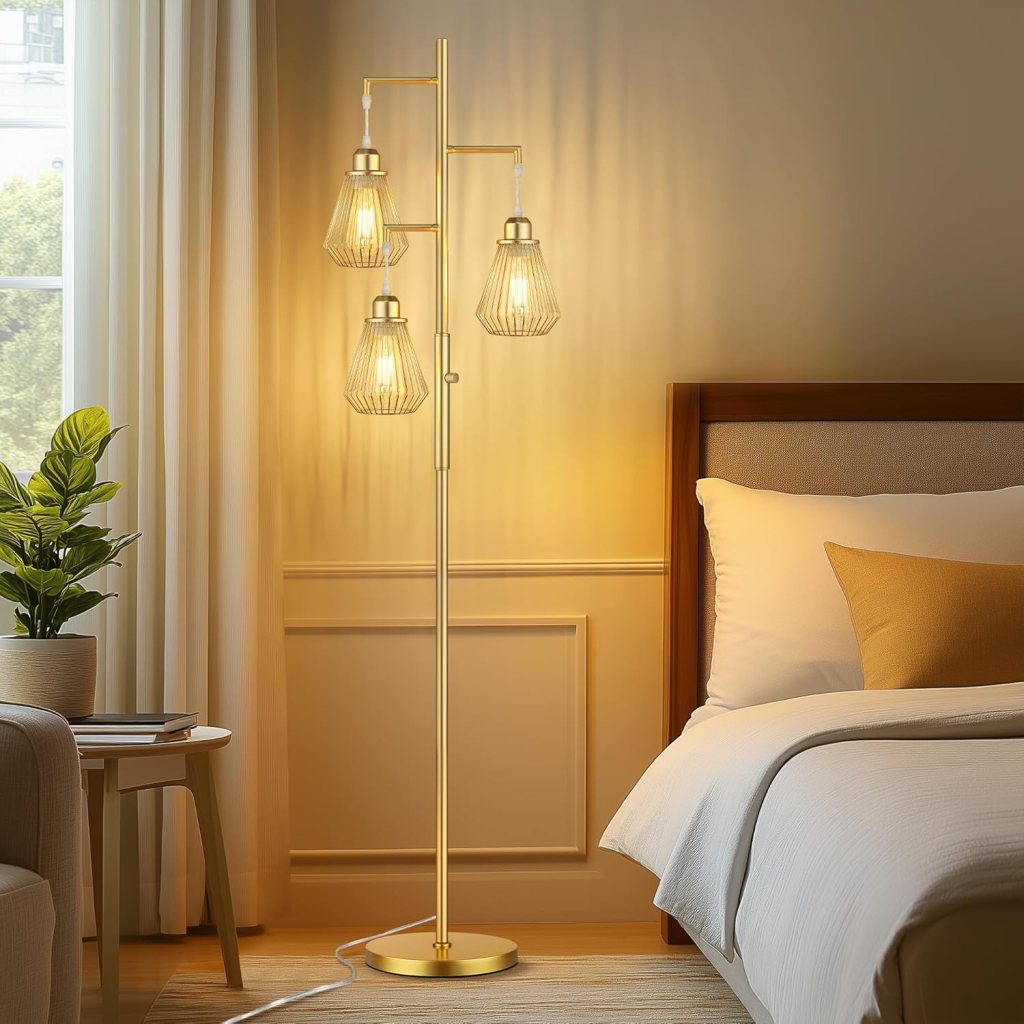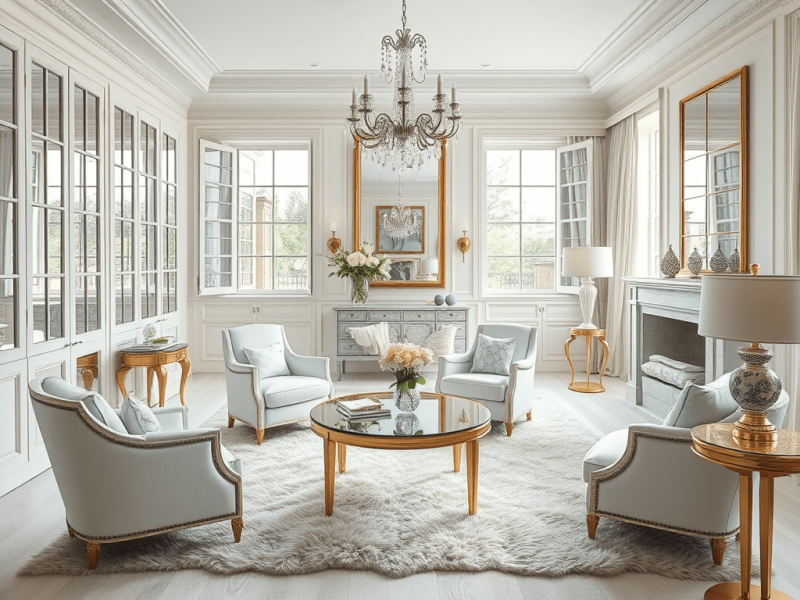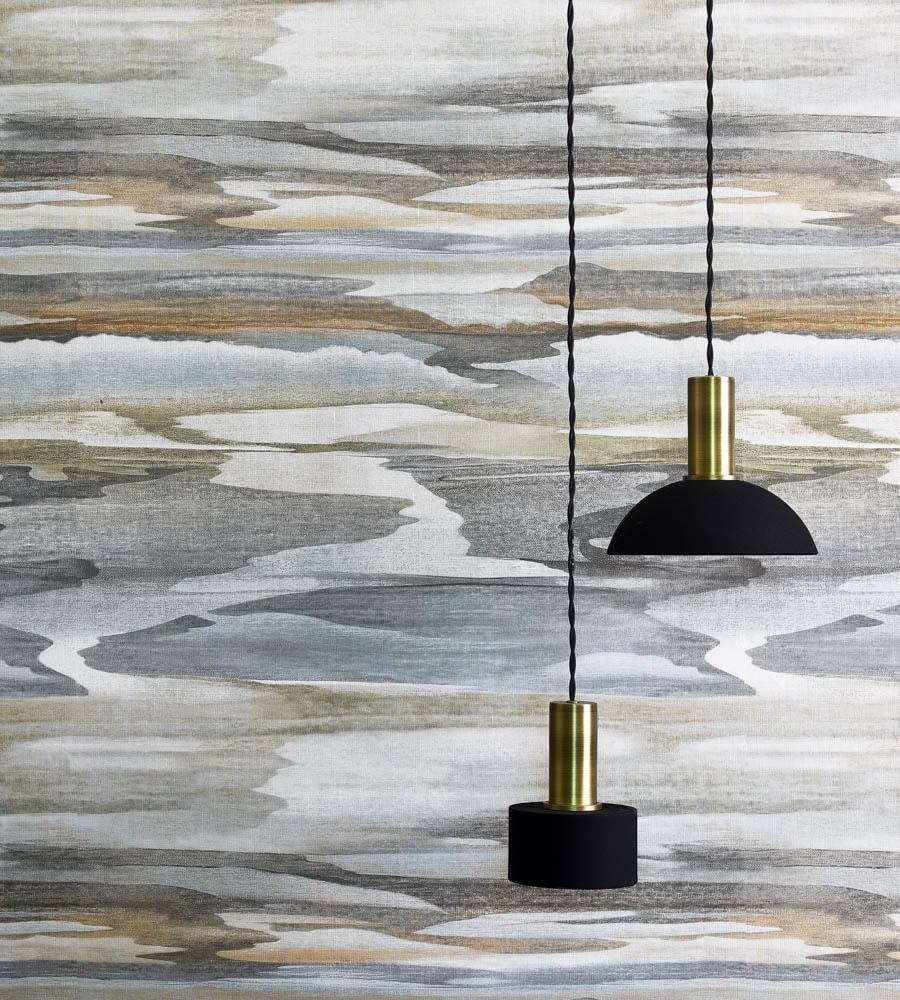Jay Spectre was an American interior designer whose work revolutionized the field with a bold and modern approach, challenging conventional tastes and creating his own aesthetic. Born into a furniture family in Kentucky, Spectre’s career took root in Louisville, where he built a solid foundation in design. However, his true creative breakthrough came only after moving to New York in 1969, a shift that allowed him to shed traditional expectations and embrace a more daring, visionary approach to interiors.
A Rejection of the “Palm Beach Look”
Spectre shunned the stereotypical “Palm Beach Look” famous during his time, characterized as “sunny, cheery, pretty, predictable” with pastel colours and floral prints. He dismissed these styles as “fine for shifts, but hardly what I would wish upon a living room.” Instead, he became known for an aesthetic defined by polished steel, mirrored walls, and elegant sophistication. His work focused on a refined yet dramatic contemporary style, which led Architectural Digest to praise him as “one of a handful of contemporary designers who can use the most luxurious materials without creating effects that are claustrophobic or crassly sumptuous.”

“The pieces seem ‘different,’ but never faddish; the line has what we call good continuity. We know it’s the kind of furniture our customers will enjoy for years to come.”
—Harley F. Shuford, president of Century Furniture 1987
A Design Philosophy of Restraint and Fantasy
Spectre’s work was described by Paige Rense, editor-in-chief of Architectural Digest, as “dramatic but always restrained.” He liked this description, viewing his work as a blend of “serious, with some fantasy; but fantasy for the intellect rather than frivolity.” One of the first to incorporate polished steel into home decor, he aimed to create functional and elegant spaces where every detail contributed to a cohesive and sophisticated environment. For Spectre, design wasn’t about trends or following a template. He believed in creating a specific “attitude” for each space, aiming to reflect the personalities and lives of his clients rather than just decorating for style’s sake.

An Independent Spirit with a Taste for Innovation
Spectre was never one to follow the crowd. He took pride in his independence and originality, stating, “I create influence. I am not influenced.” His sense of self was perhaps most visibly awakened after a traffic accident in Louisville, where his car was hit by a police vehicle. Instead of the officer accusing him of wrongdoing, the policeman clarified, “Why, nothing. We hit you.” This simple statement was a symbolic wake-up call, prompting Spectre to reevaluate his approach to life and design. It wasn’t until he left Louisville for New York, however, that his style began to reflect this newfound confidence.
“New York didn’t need another good designer, someone to design a ‘pretty’ room. I don’t like ‘pretty’ rooms. I’m not even sure I like ‘pretty’ people,” he stated boldly. Spectre didn’t wait for inspiration to arrive magically. Instead, he believed in cultivating creativity through sheer determination, explaining, “Creativity comes to people who want to do it. It comes from planting a seed and having the iron will to see it grow.”
The Ideal Client: A Mutual Commitment to Risk
Spectre’s ideal clients brought a sense of risk and openness to the design process. He valued clients who understood his vision and were unafraid to venture into uncharted territory with him. “They are risk-takers too. They know what they want, but they are open to new ideas. That, in turn, inspires me,” he said. Spectre emphasized that meaningful design results from a shared commitment between the designer and the client. “If you don’t have someone who inspires you as a designer, you can’t be inspired yourself. The work says nothing unless there is a commitment from both sides.”
A Holistic Approach to Interiors
Approaching each project as a unified whole, Spectre considered elements like location, budget, and lifestyle to inspire his designs. “From this, I get an inspiration or the germ of an idea that can be developed into a design,” he explained. Spectre typically focused on creating an entire interior environment rather than isolated rooms, and with his high-profile clientele, budget was rarely an obstacle.
The Rewards of Success and Unapologetic Confidence
Reflecting on his success, Spectre admitted that New York wasn’t an easy path, but failure was never an option. If he hadn’t succeeded, he imagined a different route, perhaps designing for large retail stores like Lord & Taylor or Bloomingdale’s. Instead, Spectre found his place among the upper echelons of society, mingling with department store executives and elite clients, always at ease within his world of refined luxury. “I am no snob. I’ve worked hard for what I have — and I have a lot,” he declared unapologetically.
The Next Chapter: A New Challenge on the Horizon
As Spectre grew his reputation, he felt the familiar stirrings of change. He was approached with offers for a syndicated decorating column, a book deal, and exclusive partnerships with luxury department stores. He sensed a new direction awaiting him, though the specifics were unclear. “The change could take him in any of these directions — or into something unthought-of,” he mused, envisioning another reinvention on the horizon. However, some critics began to call for more variety, arguing that his repetition of beige, leather, and steel was becoming as predictable as the styles he once rejected.
Conclusion: A Legacy of Elegance and Innovation
Jay Spectre’s journey from a traditional Kentucky upbringing to the pinnacle of New York’s design world is a story of ambition, self-reinvention, and unwavering confidence. He transformed interiors with his polished, contemporary style, balancing restraint with a hint of fantasy and creating luxurious, livable spaces. With new opportunities and challenges awaiting him, Spectre’s legacy as a bold, innovative designer remained ever-evolving, ensuring his impact on American interior design would endure. His story, defined by elegance and audacious style, was far from over.
Sources
Byars, M., & Riley, T. (2004). The design encyclopedia. Laurence King Publishing.
Rense, P. (1980, September 1). Decorating for Celebrities: Interviews with Twenty of the World’s Best Interior Designers. https://doi.org/10.1604/9780385148108
More Interior Designers
You may also be interested in
Lilly Reich – German interior designer and furniture and exhibition designer – Encyclopedia of Design
Lilly Reich (1885 – 1947) was a German interior designer and furniture and exhibition designer. Reich was born into a wealthy family of factory-owners. She learned embroidery and studied at the Wiener Werkstätte in Vienna under Josef Hoffmann in 1908. In 1910 she became a pupil of Else Oppler-Legband (b.
Eugenia Errazuriz (1860 to 1951 )a woman of taste and social prestige – Encyclopedia of Design
Eugenia Errazuriz was a Chilean society hostess. She was born in Huici Chile and was active in Paris and London. In 1880, she married the wealthy landscape painter José Thomas Errazuriz and settled in Paris. She furnished her homes sparsely, shunning suites of furniture, potted palms, and other clutter, commanding: ‘Throw out and keep throwing out.
Discover more from Encyclopedia of Design
Subscribe to get the latest posts sent to your email.






